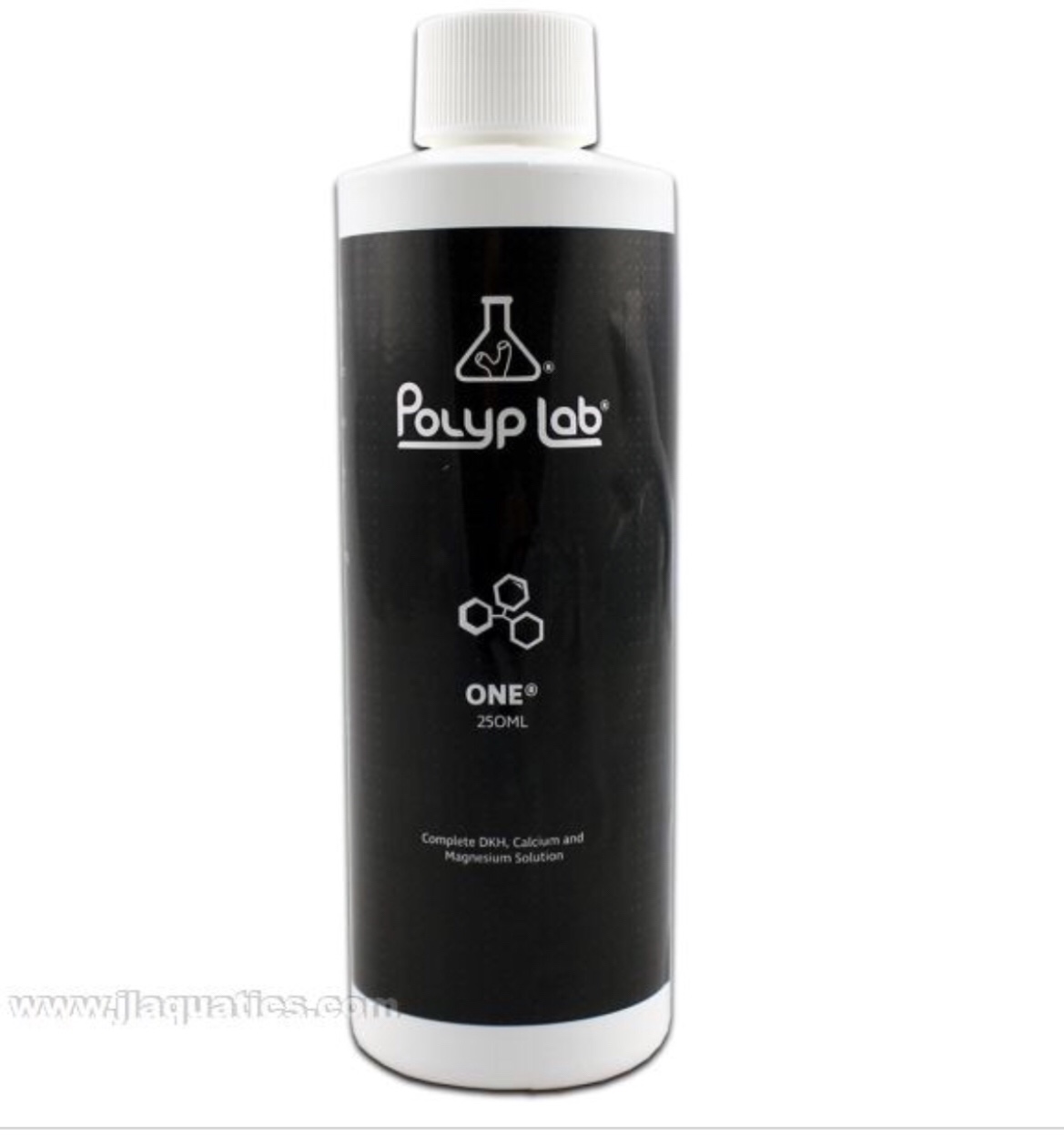- Joined
- Sep 11, 2017
- Messages
- 720
- Reaction score
- 928

Has anyone used this product before? There is not much info on it out there. It states that it will replenish calcium, magnesium and alkalinty all from one bottle! Sounds too good to be true but it is from a trusted brand so im gonna try it out. My worry is that corals will use one element more than the other throwing the levels off. Have any of you tried this product yet? I will keep everyone updated on how it works.













